S&CO’s “RICHARD II”: A TEXT OUT OF TIME, A TIME OUT OF PLACE
By DAN VALENTI
PLANET VALENTI News and Commentary
(FORTRESS OF SOLITUDE, MONDAY, JULY 15, 2013) — What makes a good temporal leader? This eternal question, so much a part of today’s vexing world, lies at the heart of Richard II, which opened Friday at the Tina Packer Playhouse at Shakespeare & Co. for a limited run to July 21.
One of Shakespeare’s great “Chronicle” plays, this amazingly marks the first time S&Co. has mounted a full-length production of it, directed by Timothy Douglas. The director shows the proper understanding of the play’s crazy political dynamics of the play, but in giving Richard II a contemporary look, he fails to grasp the context of the action. Simply put, the War of the Roses doesn’t work in Nike sneakers and Tommy Hilfinger.
Douglas chose to make contemporaneous a form of political treachery that should be timeless. You don’t put graffiti and slogans on the back of a blue blazer, and one shouldn’t take Shakespeare’s classic look at the tensions that follow the obtaining, wielding, and losing power by having to jazz it up with an up-to-the-minute, faddish veneer. Besides, modernizing Shakespeare has not only lost its impact but has become a cliche best employed by high school drama departments with little or no budget.
The audience is far more capable that the director realizes of drawing contemporary parallels between the the court intrigues of 12th century England and the unrestful political headlines of today, most notably, the current crises in Egypt and the Middle East. THE PLANET wants to go back in time, when Douglas was first forming his artistic plan for Richard II, and tell him, “Trust the text, man. That’s all you have to do.”
But no. More on that later.
The plays opens with charges of treason. Henry Bollingbroke (fireplug Tom O’Keefe channeling a younger Russell Crowe) accuses Mowbray (a reedy Tyrone Mitchell Henderson) of murdering the Duke of Gloucester. King Richard (a sufficiently regal Rocco Sisto) orders a trial by combat, but intercedes during the battle to instead banish Mowbray for life and Henry for six years. After Richard seizes the property of Henry’s father to pay for a war in Ireland and heads there himself to direct the battle, Henry sneaks back into England at Yorkshire to reclaim his family’s property. When Richard returns to England, he finds his support has eroded.
Henry captures Richard and imprisons him and Aumerle (Wolfe Coleman), York’s son, in London, and Richard is eventually forced to abdicate the throne in favor of Henry. A rebellion against Henry fails, and, after the Duchess of York (Kristin Wold) successfully pleads for her son’s life, the tragedy culminates when Sir Pierce of Exton, at Henry’s insinuation, murders Richard. Henry IV immediately regrets the action, exiles Pierce, and vows repentence.
Just another day in Merry Old England.
We’re not sure who decided to present this play with the actors wearing contemporary clothing (suits, mostly) with no set design save for a podium and a couple of stools, but we first suspected the bean counters in the front office had something to do with it. It does not feel like an artistic choice. Alas, it was, Douglas’ apparently, and not a good one. The ensuing split between Shakespeare’s language, lovingly presented, and the contemporary duds, appearances, cadences, and auras of the actors causes a deep structural deficiency in Richard II, from which it never recovers.
A telling clue about this compositional problem comes on page 68 of the S&Co. program, in a feature titled “5 Questions with Rocco Sisto.” The question is asked: “The production looks at Richard II through a contemporary lens. Will that shift how you look at the test?”
ANSWER: “Timothy [the director] assures me that the concept will not be at odds with the text, and I trust him. If it is, there will be some discussion, I’m sure.”
Sisto’s answer shows how early on he sensed danger. He trusted his director, and Douglas led him into a tar pit. This play needs to be done in full costume, with at least hints and wisps of sets and settings. It seems a joke that the program would even credit a “costume designer” (Lena Sands) and a set designer (Junghyun Georgia Lee). What costumes? What sets?
Without these environmental elements, Richard II lacks the richness it deserves and which would have provided the text and the actors with a comfortable place to call home. As it is, we see 14 actors in contemporary clothing moving about a bare stage reciting rhymed iambic pentameter to each other, self-consciously too often. They fly in a hanging pattern without ever landing.
An effective lighting scheme by Matthew Adelson gives what little “architectural” mood and atmosphere we see, but, without a set, Douglas makes far too much use of the jungle-gym structure of the pole-and-canvas of the Tina Packer Playhouse. To make it worse, Douglas approves a wholly inappropriate sound design by Fitz Patton, who for some inexplicable went with “Negro” spirituals, mostly, almost in an effort to send aural idiot cards to the audience telling us what emotions we should feel at certain times in the play. Swing low, sweet disaster.
Sisto as Richard gives a technically impressive recitation, but something’s missing. His scenes with O’Keefe as Bolingbroke play the best. Sisto conveys well the portrait of a man whose real opponent is himself. After essentially blowing his chance at kingship through murder, waste of money, and misrule, Richard finds a redemption of sorts at his death, an assassination that provides him one last chance to make things right. Richard finally realizes that his “divine right” comes not from being a king but from being a human being, made in the “image and likeness of God.” Sisto puts this across well. In the end, he shows much more trust in Shakespeare’s lines than his director.
Another consequence of this play’s structural rift is length. It clocks in at just under three hours, requiring heroics of patience from the audience left with nothing to hang on to in the senses except the words. As great as Shakespeare can be, the ram-bam speed at which the dialogue takes place proves to finally be too much, and, judging by body language, we sensed a lot of zoning out near the end of the first half and through much of the second. By the end, especially those who aren’t familiar with the play, we could hear hosannas paying to God in heaven to finally bring down the curtain and bring the death march to its end.
Douglas’ decision to present the straight version of the full length play as a contemporary piece screams for editing — at least 30 minutes could be left on the cutting room floor with no apparent harm to the play. First to go should be the entirely meretricious scene between the two gardeners. The gardeners get into a discussion where they compare the affairs of state to tending a garden. The metaphor is meant to convey the qualities of the ideal ruler, but it is so openly presented that it ends up being an assault. One feels like saying, “We get it, already. Don’t hit us over the head with it.”
“We tend not to the surface, but the driving force inside,” Douglas says in his program notes, “and the belief that these characters are ‘real’ and have real lives behind them that press them forward.” Maybe that’s the way he envisioned it in his head and the way he drew it up on the chalkboard for the actors, but that’s not what comes across on the stage. We see a lot of surface, signifying little of what lies underneath, with the exception of Sisto’s Richard and bits and pieces of O’Keefe’s Hal.
Some of S&Co.s usual standbys give their usual reverent performances of the Bard, including Jonathan Croy (Gaunt, Gardener 1), Elizabeth Ingram (Gloucester, Fitzwater, Groom), the booming Johnny Lee Davenport (Northumberland), Jim Nutter (Bushy, Scroop, Keeper), and the delightful Kristen Wold (Ross, Duchess of York)., whom we would watch in anything or nothing. Thomas Brazzle, rhymes with dazzle, stands out at Bagot/Salisbury, making the most of a minor part. Wolfe Coleman (Aumerle), Jake Berger (Gree, Gardener 2, Exton), Walton Wilson (Duke of York), Rachel Leslie (an overly emotive Queen), and Thomas Rindge (Surrey, Willoughby) handle an assortment of spear carrying tasks with varying levels of somnambulistic efficiency, some on autopilot, some on robotics, and some over the top. It evens out into flat-lining — nothing to write home about, certainly. Leslie does double duty as Harry Percy, a little guy in Nike sneakers, back zippered jacket, and the punk toque. We found her jive look as annoying as her flybugging about the stage like Ricochet Rabbit minus Droopalong and wanted to call for the usher to have her tossed. She makes Percy into a grating annoyance that nearly dooms every scene in which he/she appears. One can only wonder what Douglas was thinking with this presentation of Percy.
In the end, there was no need to contemporize Richard II, unless to save the front office a few pounds sterling, this being a limited run and all. Boil it down, and you find a director who didn’t trust the text enough. His tone-deaf, forced contemporaneousness does Richard II in well before his majesty’s assassination.
RICHARD II
Play by William Shakespeare … Directed by Timothy Douglas … Presented by Shakespeare & Co. at Tina Pack Playhouse, 70 Kemble St., Lenox, Mass. Through July 21. Tickets $15-$95. 413-637-3353 … www.shakespeare.org. Photos in text by Kevin Sprague.
——————————————————————————–
“What would the world be, once bereft / Of wet and of wildness? Let them be left, / O let them be left, wildness and wet; / Long live the weeds and the wildness yet.” — Gerard Manley Hopkins, final verse, “Inversnaid.” (1881, 1918)
“OPEN THE WINDOW, AUNT MILLIE.”
LOVE TO ALL.




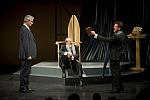




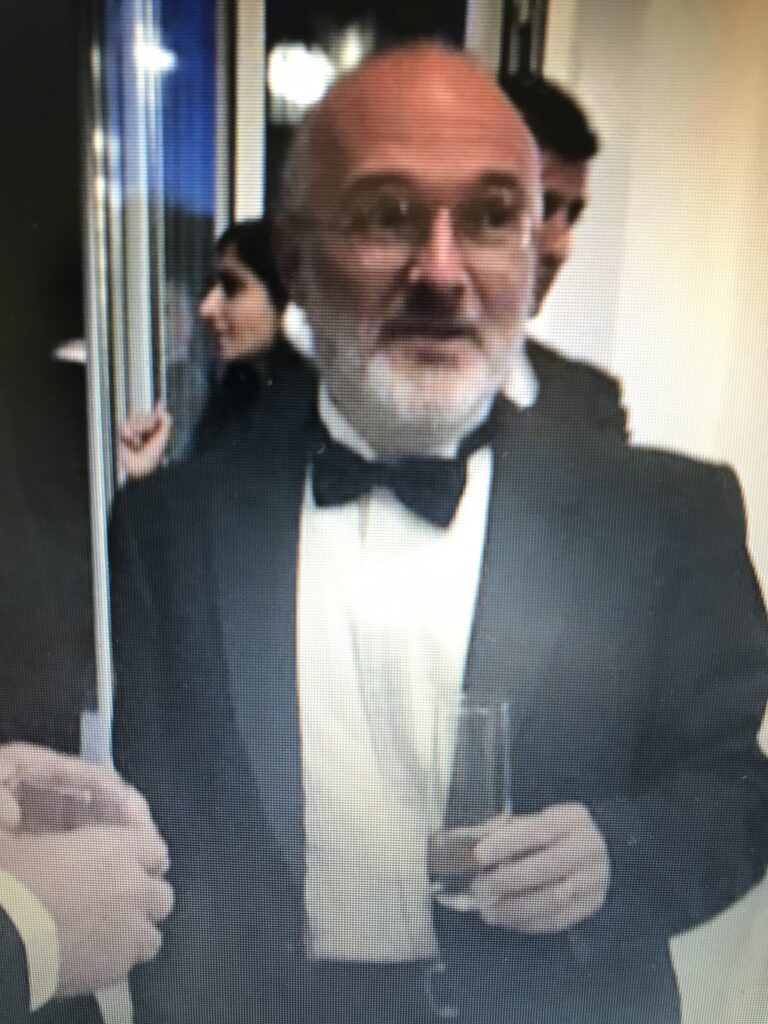

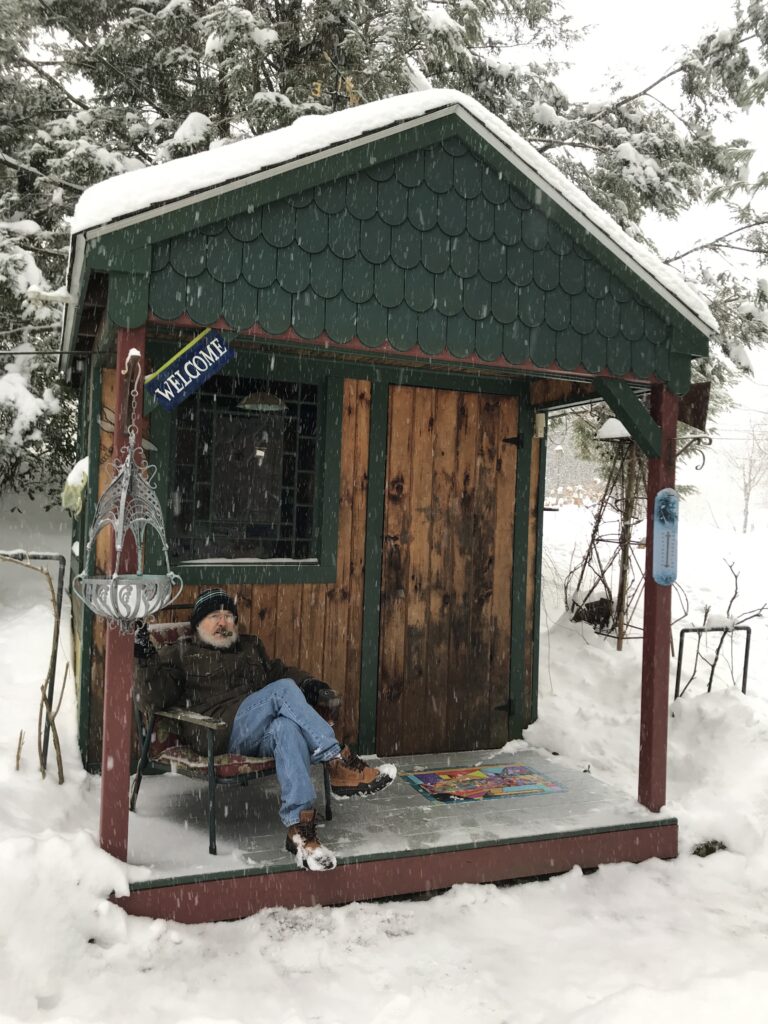
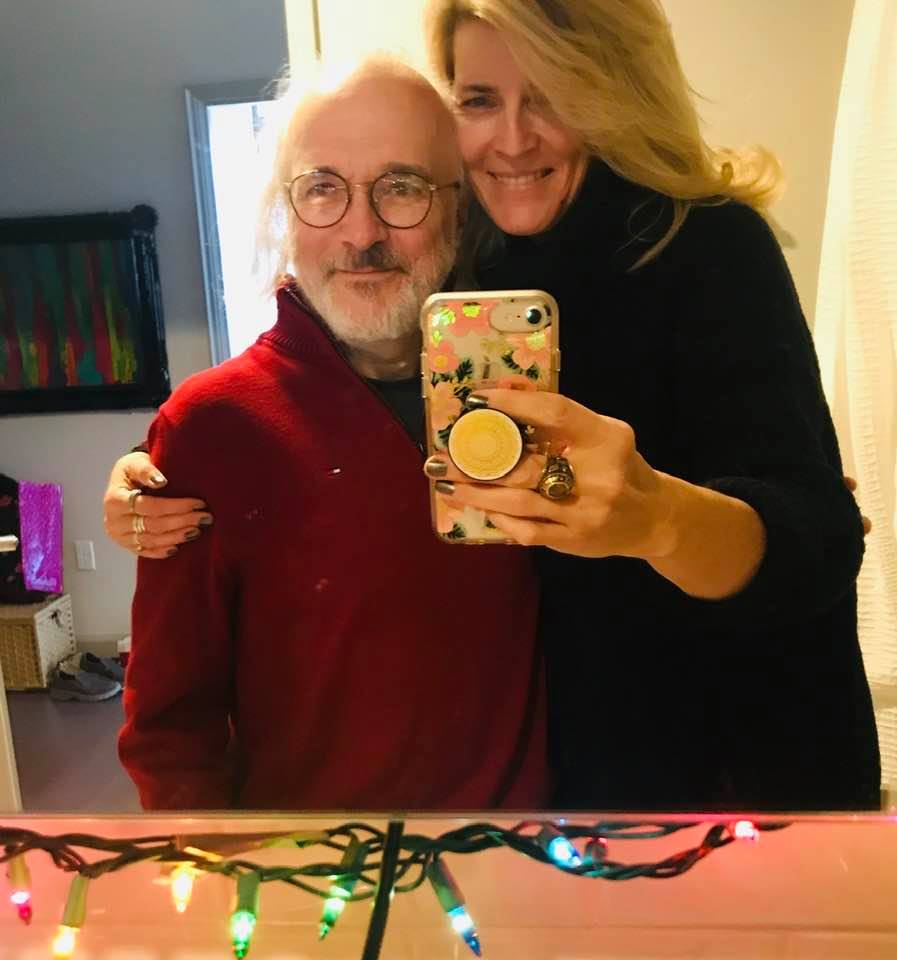
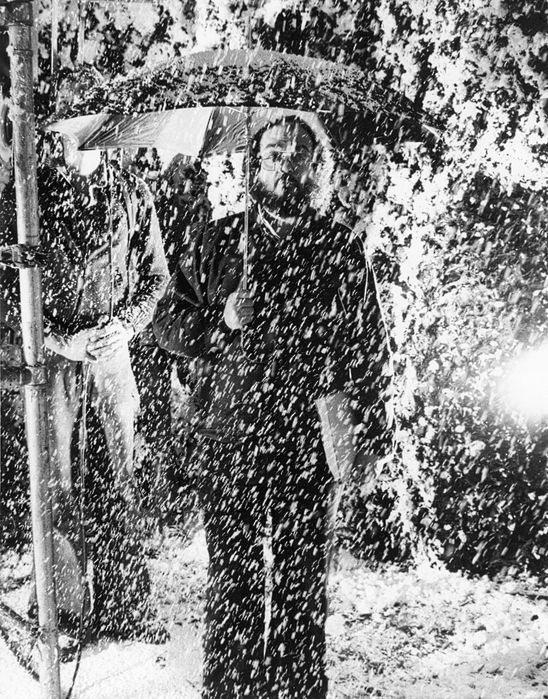



I agree with you 100 percent about S&C messing up when “contemporizing” the Bard’s plays.
PLANET are you serious? Did you see the same play I saw on Friday night? I thought the production was fantastic. You got all the fancy college degrees but Shakespear and Co. are a treasure to the berkshire.
I have to agree with DV and stil wondering Shakespeare should be done with sets and costumes not like a high school play, this is Shakespeare and Co for god’s sakes.
As we said in the review, Shakespeare, especially the Chronicle plays, which rest so much on the import and gravitas of history, should be produced with a richness (costumes, sets, etc.) that matches the text. With S&Co., it’s never a question of acting ability or professionalism. Rather, with any given production, it’s about the artistic overlay, the scheme, with which a given play goes forward. We are only saying that “contemporary” updates of the text have become cliched and amateurish, not fitting for this company.